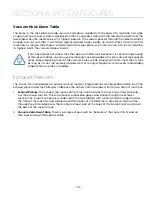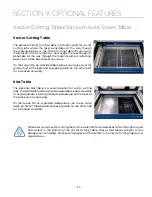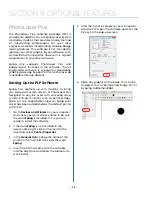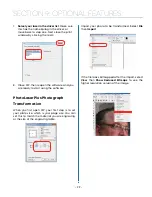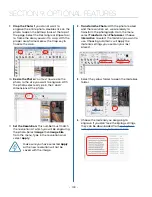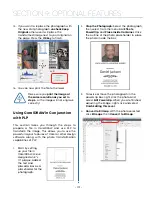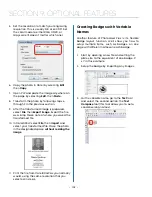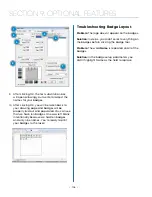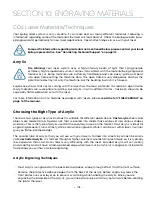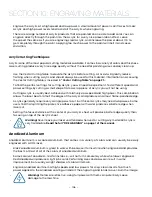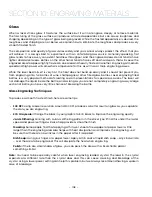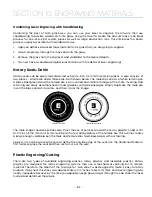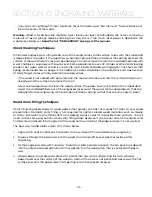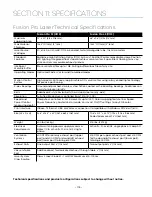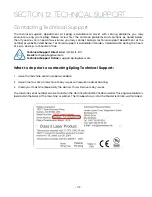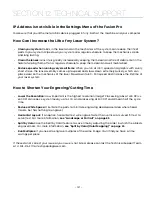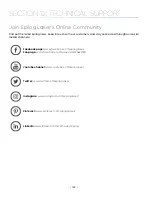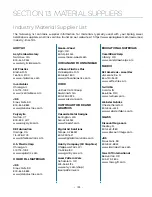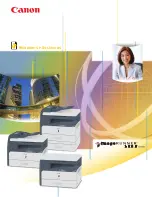
Glass
When a laser strikes glass it fractures the surface but it will not engrave deeply or remove material.
The fracturing of the glass surface will produce a frosted appearance but can cause roughness and
chipping depending on the type of glass being engraved. While the frosted appearance is desired, the
roughness and chipping are not. Below we explain how to eliminate the roughness and produce a very
smooth frosted finish.
The composition and quality of glass varies widely and you cannot always predict the effect that you
will achieve. It is always best to experiment with an unfamiliar glass source. Generally speaking, flat
glass tends to have a very consistent hardness throughout, and the engraved areas do not tend to have
lighter and darker areas. Bottles on the other hand, tend to have soft and hard spots that will cause the
engraved area to appear lightly frosted in one area and heavily frosted in another. Engraving at medium
speed and high power will somewhat compensate for this, as will two or more engraving passes.
While the laser beam itself is very hot, the heat does not build up easily and it should not prevent you
from engraving onto full bottles of wine, champagne or other filled glass bottles. Laser engraving filled
bottles is a very popular method of creating custom presentations for special occasions. The laser will
not damage the liquid inside the bottle, and as long as you are not completely engraving away a large
section of bottle you have very little chance of breaking the bottle.
Glass Engraving Techniques
To produce a smooth frosted finish, here are some tips:
• 300 DPI:
Using a lower resolution, around 300 DPI, produces a better result on glass as you separate
the dots you are engraving.
• 80% Grayscale:
Change the black in your graphic to 80% black to improve the engraving quality.
•
Jarvis Dithering:
Running with a Jarvis dithering pattern in the driver (you’ll find this under the raster
speed and power settings) will also help provide a smoother finish.
•
Masking:
Some people find that applying a thin, wet sheet of newspaper or paper towel a little
larger than the engraving area also helps with heat dissipation and improves the engraving. Just
be sure that there are no wrinkles in the paper after it is applied.
•
Dish Soap:
Using your finger or a paper towel, apply a thin coat of liquid dish soap – any kind will do
– over the area to be engraved. This will dissipate the heat when engraving.
•
Polish:
If there are small shards of glass, you can polish the area with a ScotchBrite pad or
something similar.
Note:
You need to be especially careful when laser engraving leaded crystal. The lead in the crystal
expands at a different rate than the crystal does and this can cause cracking and breakage of the
crystal. Using a lower power setting can help this problem, but we always recommend having a spare in
case of breakage.
- 108 -
SECTION 10: ENGRAVING MATERIALS
Содержание FusionPro 32
Страница 2: ......
Страница 10: ...The following diagrams show the location of each specific label Fusion Pro 32 6 SECTION 1 SAFETY ...
Страница 11: ...Fusion Pro 48 7 SECTION 1 SAFETY ...
Страница 12: ... 8 SECTION 1 SAFETY ...
Страница 24: ......
Страница 74: ......
Страница 82: ......
Страница 100: ......
Страница 118: ......
Страница 130: ......
Страница 132: ......
Страница 136: ......
Страница 144: ......


